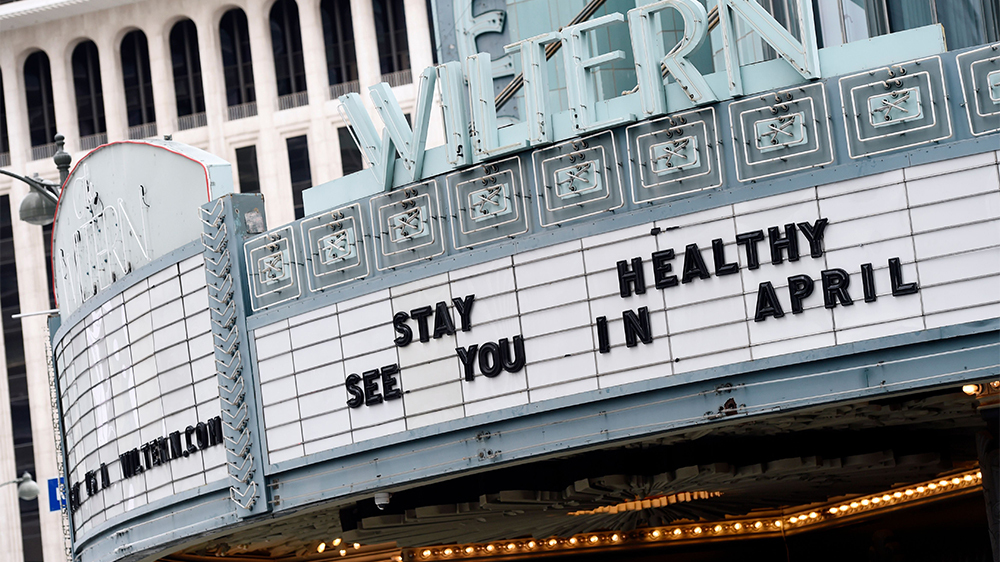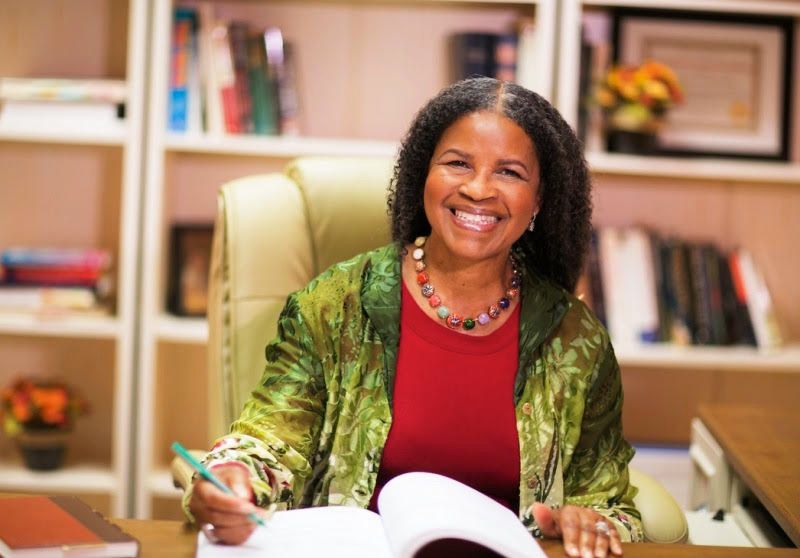OAKLAND, Calif. (AP) — Most Californians stayed at home on a Saturday that was unlike any its 40 million residents had ever seen before.
Less than 48 hours after Gov. Gavin Newsom issued an unprecedented stay-at-home order to help curb the coronavirus spread, shopping centers and streets were empty. Churches were closed. Playgrounds deserted.
However, stores and farmer markets were bustling, and many people took advantage of the beautiful spring weather and rushed to the outdoors. At beaches and parks, not everyone heeded calls to practice social distancing, prompting Newsom to call them out.
“Those young people are still out there on the beaches thinking it’s time to party. It’s time to grow up, time to wake up,” he said at an evening news conference. “Time to recognize that it’s not just about the old folks, it’s about your impact on their lives. Don’t be selfish.”
The governor’s effort to curb the pandemic in the nation’s most populous state was by far the most sweeping and was followed Friday by similar announcements in New York and Illinois.
California is one of the hardest-hit states, with 1,382 confirmed cases confirmed cases and 25 deaths as of Saturday.
Los Angeles County Health Director Barbara Ferrer urged people to stay home and only go out for essential needs. Those who have been tested and come back negative shouldn’t have a false sense of security.
“You can be negative today and positive tomorrow,” she said. “Stay home as much as possible. You are safer at home.”
Newsom has said infection rates of the COVID-19 virus are doubling every four days in some areas and projected that 56% of the state’s population — about 22 million people — could contract the virus in the next two months if aggressive prevention isn’t taken. On Saturday night, the Los Angeles County Public Health Department announced two deaths from coronavirus and 59 new cases.
On Saturday, he ordered spending $42 million in emergency funding to allow the state to lease two hospitals — Seton Medical Center in Daly City and St. Vincent Medical Center in Los Angeles — for three months to provide care for patients with COVID-19.
The emergency fund will also be used to buy or refurbish ventilators, provide more patient transportation service and expand testing capacity at a state laboratory.
California’s 416 hospitals have a combined 78,000 beds for patients, Newsom said, and the state was working to set up 10,000 additional beds by converting hotels and convention centers into quasi hospitals to meet the potential demand. The Santa Clara Convention Center, for example, will accommodate 250 patients.
Residents have been told to stay 6 feet (1.8 meters) away from others, not gather in groups and wash their hands frequently. They can go out to get food, fill prescriptions, seek medical care, care for vulnerable relatives or neighbors and get exercise, such as walking.
In general, people seemed to be heeding state and local orders to stay home as much as possible. Normally congested freeways in California were truly free — of traffic — and city streets remained mostly empty in areas usually bustling with cars, bikes, scooters and commuters emerging from rail stations and stopping at coffee shops and bakeries. Yosemite National Park closed to visitors Friday, the latest of California’s top tourist destinations to do so.
Most retail businesses and virtually all schools were closed and those that could were having employees work from home. Gas stations, supermarkets and convenience stores were open along with auto repair shops and those providing essential services, such as plumbers and electricians, were still on the job. But restaurants were only delivering or providing take-out.
At the same time, people were sweeping grocery store shelves bare despite government pleas that hoarding was unnecessary because there were no shortages. Toilet paper was universally in short supply.
Up to 500 members of the California National Guard were activated Saturday to help with humanitarian aid. Most of them are providing help in distributing food at food banks, whose volunteer base has declined during the crisis while the need for them has soared because many people are losing work.
A farmer’s market near Oakland’s Lake Merritt was bustling on a Saturday morning with shoppers waiting in line at a produce stand to buy beets, strawberries and kale. Most stood several feet apart, but the spacing didn’t appear to be enough for one woman who walked by and yelled “6 feet!” to remind everyone the rule for keeping a safe distance.
Some vendors required shoppers to order produce instead of picking them out themselves. One farmer posted a sign that said: “Don’t touch what you won’t buy please.”
“If you’re not wearing rubber gloves and a mask, you shouldn’t be here,” said Jeff Hyde, who had both on while selling smoked fish.
At the farmers market in Pasadena, people appeared to be trying to stay 6 feet apart while waiting in line. The stalls, however, were directly next to each other. and shoppers picked out produce close together.
The Huntington Beach pier is typically full on a sunny weekend morning, but there was plenty of room Saturday for walkers, joggers and roller skaters to stay far apart. Down below, dozens of surfers bobbed in the water where sets of waist-high waves rolled in.
The bright skies, or perhaps the threat of rain on Sunday, drew many people to Venice Beach. Most took care to stay well away from each other on the sand. But spacing became an issue in popular areas like the pier and the boardwalk.
North of San Francisco, the Marin County Sheriff’s office shut down access to the Mount Tamalpais Watershed “due to the astronomical amount of people NOT practicing social distancing and home sheltering.” Authorities there said there was back-to-back traffic to coastal attractions and parking lots to beaches were full.
Newsom said he expected social pressure — not policing — to help enforce his stay-at-home order. He said he doesn’t want to shut down parks or beaches, and that National Guard troops will only be deployed to help law enforcement “make sure all our logistics are operational.”
Authorities were looking into releasing non-violent inmates from jails to prevent the spread of COVID-19 in close confinement. The state prison system reported its first three cases among employees at different institutions, but no inmate has yet contracted it.
For most people, COVID-19 causes only mild or moderate symptoms, such as fever and cough. It can cause more severe illness, including pneumonia, for some people, especially older adults and those with existing health problems. The vast majority of people recover.
California’s homeless population was a serious concern because of their lack of shelter and the fact that many had underlying medical problems that made them more vulnerable to the virus. Los Angeles was waging a crash program to set up thousands of emergency beds in its recreation centers.







